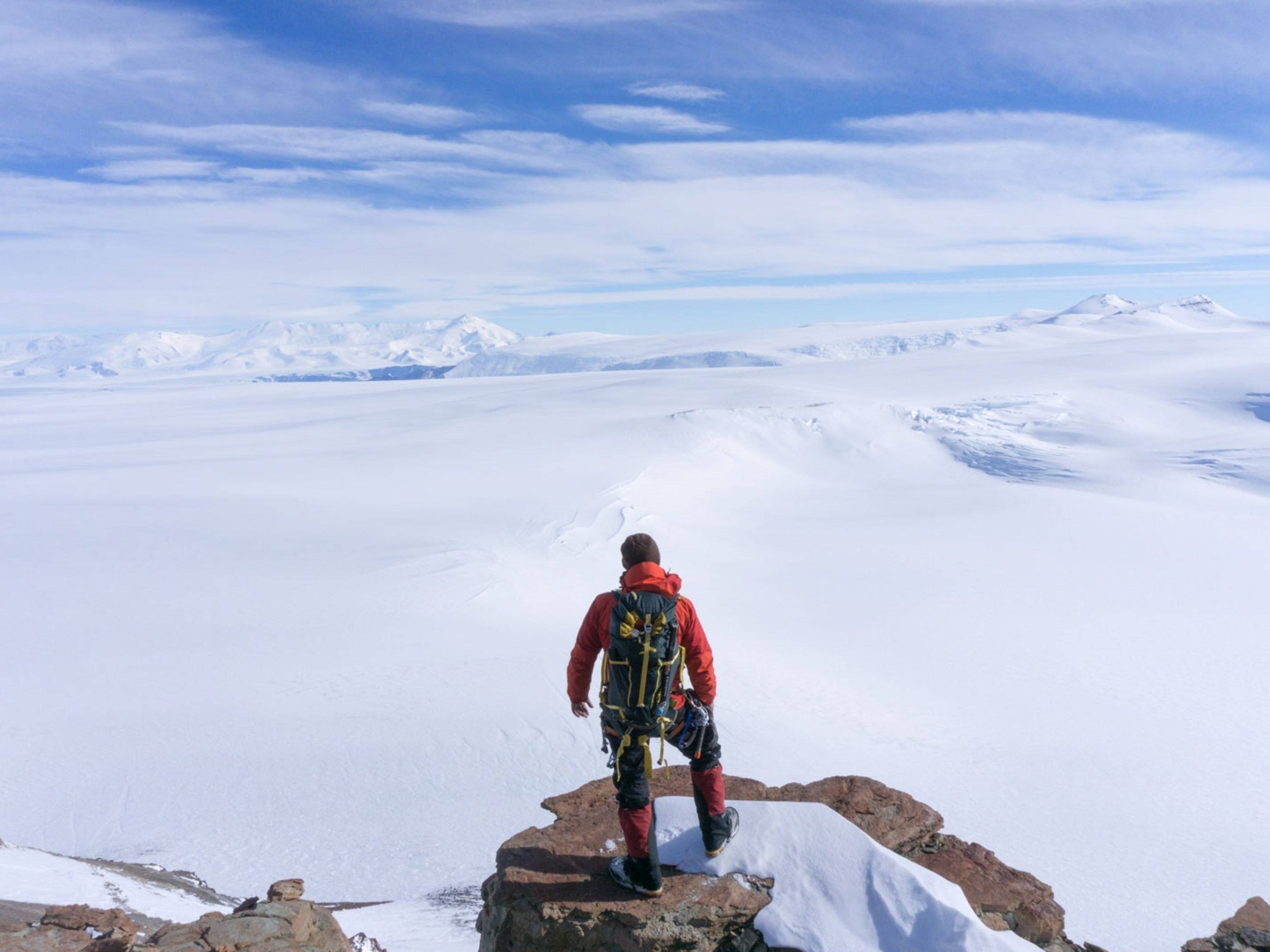Antarctica’s Secret Fossil Forests

Did you know that Antarctica once had lush forests? It's hard to imagine, but millions of years ago, this icy continent was home to dense, green landscapes. Scientists have found fossil forests buried under the ice, revealing a world that existed long before humans. These ancient trees and plants tell stories of a time when the climate was much warmer. Exploring these fossilized remains helps researchers understand how Earth's climate has changed over millions of years. So, if you think Antarctica is just a frozen desert, think again. There's a hidden history waiting to be uncovered beneath the ice.
Antarctica's Hidden Green Past
Antarctica, known for its icy landscapes, holds secrets beneath its frozen surface. Among these secrets are fossil forests, remnants of a time when this continent was lush and green. Let's explore some of these fascinating sites.
Fossil Forests of the Transantarctic Mountains
The Transantarctic Mountains stretch across the continent, revealing ancient forests frozen in time. These sites offer a glimpse into a prehistoric world.
Beardmore Glacier
- Located in the heart of the Transantarctic Mountains, Beardmore Glacier is home to well-preserved fossilized trees. These fossils date back to the Permian period, around 260 million years ago.
Mount Achernar
- Near the Ross Ice Shelf, Mount Achernar has yielded numerous plant fossils. Researchers have found evidence of ancient ferns and conifers, indicating a once-thriving forest ecosystem.
Fossil Forests of the Antarctic Peninsula
The Antarctic Peninsula, extending towards South America, also harbors fossil forests. These sites provide valuable insights into the continent's climatic history.
Alexander Island
- Alexander Island, the largest island of Antarctica, contains fossilized wood and leaves. These fossils suggest a warm, temperate climate during the Cretaceous period, around 100 million years ago.
Seymour Island
- Known for its rich fossil record, Seymour Island has revealed fossils of ancient trees and plants. The island's fossils date back to the late Cretaceous and early Paleogene periods, offering clues about the transition from a greenhouse to an icehouse world.
Fossil Forests of East Antarctica
East Antarctica, often considered the coldest place on Earth, also hides remnants of ancient forests. These sites challenge our understanding of the continent's past.
Prince Charles Mountains
- The Prince Charles Mountains have yielded fossilized wood and leaves from the Permian period. These fossils indicate that East Antarctica once supported diverse plant life, including ferns and seed ferns.
Shackleton Range
- Located near the Weddell Sea, the Shackleton Range contains fossils of ancient trees and plants. These fossils date back to the Triassic period, around 250 million years ago, suggesting a warmer climate in the past.
Fossil Forests of West Antarctica
West Antarctica, with its rugged terrain, also holds secrets of ancient forests. These sites provide further evidence of the continent's green past.
Ellsworth Mountains
- The Ellsworth Mountains have revealed fossilized wood and leaves from the Permian period. These fossils suggest that West Antarctica once had a climate similar to modern-day temperate forests.
Thiel Mountains
- The Thiel Mountains contain fossils of ancient trees and plants, dating back to the Triassic period. These fossils indicate that West Antarctica once supported diverse plant life, including conifers and ferns.
The Hidden Wonders of Antarctica
Antarctica's secret fossil forests reveal a world long gone. These ancient trees tell stories of a lush, green continent teeming with life. They offer clues about Earth's climate millions of years ago. Scientists study these fossils to understand how plants and animals adapted to changing environments. This knowledge helps predict future climate changes.
Visiting Antarctica is not easy. Harsh weather and remote locations make it challenging. But for those who make the journey, the rewards are immense. Seeing these fossil forests up close is like stepping back in time. It's a reminder of how dynamic our planet is.
These hidden wonders are a treasure for scientists and adventurers alike. They show us that even the coldest, most desolate places on Earth hold secrets waiting to be uncovered. Antarctica's fossil forests are a testament to the ever-changing story of our planet.

